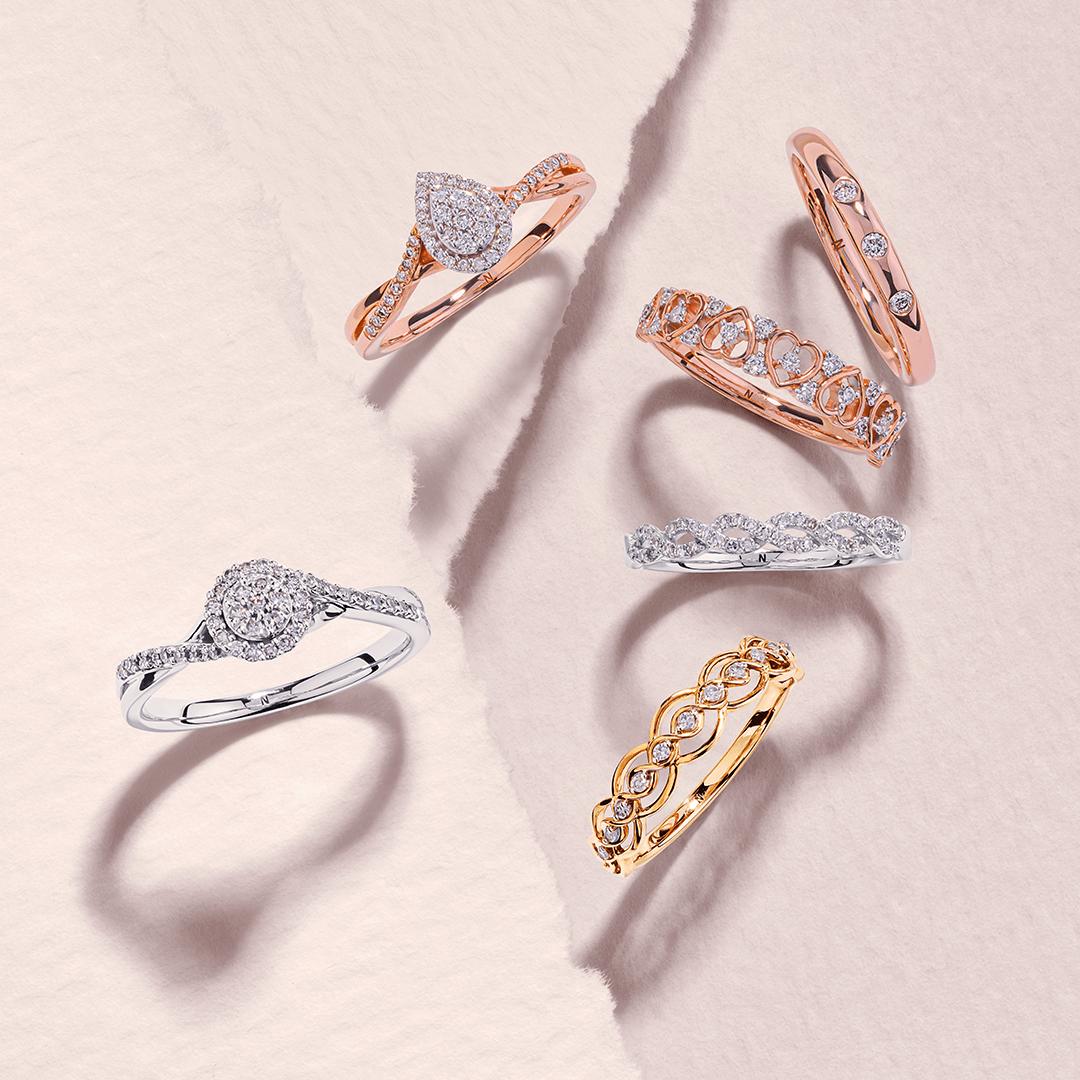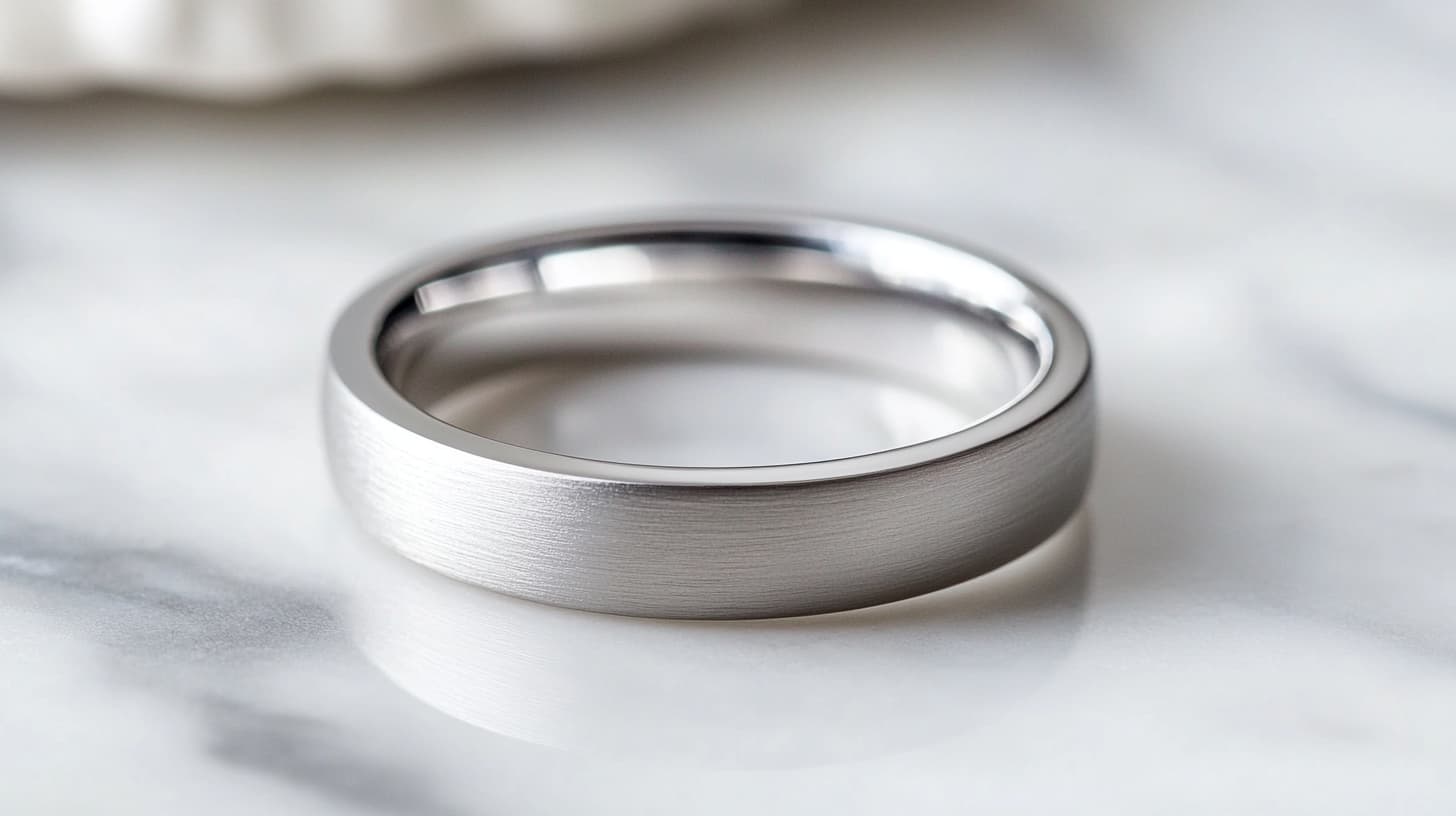Lab diamond rings claws have become a prominent feature in modern engagement and fine jewelry. As lab-grown diamonds continue to gain popularity for their ethical and environmental benefits, the design of lab diamond rings, particularly the setting, has evolved. The use of claws in these rings is not just for aesthetic appeal but also serves a crucial functional role in securing the stone. In this article, we explore the significance of lab diamond rings claws, their design options, and how they contribute to the overall beauty and durability of lab-grown diamond jewelry.
What Are Lab Diamond Rings Claws?
Lab diamond rings claws are the small metal prongs or settings that hold a diamond securely in place on a ring. These claws are designed to grip the diamond from the sides, providing a secure hold while allowing maximum light exposure to the stone. In lab diamond rings, the claws are crucial as they highlight the beauty of the diamond, ensuring it remains stable on the band while offering an elegant, delicate look.
Claws in lab diamond rings can be made from various metals, such as platinum, gold, or white gold, and are typically crafted to match the style and design of the ring. The shape and number of claws can vary, with four or six claws being common, depending on the desired look and the size of the diamond. These claws not only serve as functional elements but also contribute to the overall aesthetic of lab diamond rings.
The Importance of Claws in Lab Diamond Rings
The claws in lab diamond rings play a vital role in holding the diamond in place. Unlike other types of settings, the claw setting allows for more exposure of the diamond, enhancing its sparkle and brilliance. The prongs lift the diamond off the band, creating a sense of airiness and ensuring that light can pass through the stone from multiple angles. This design is particularly important for lab diamond rings, as it allows the high-quality craftsmanship of lab-grown diamonds to shine.
Additionally, claws provide security for the diamond. The number and shape of the claws are chosen carefully to ensure that the stone is held firmly in place while minimizing the risk of it becoming loose or falling out. As lab-grown diamonds are becoming more popular, ensuring the safety and stability of these stones in their settings is critical, making claws an essential component of lab diamond rings.
Claw Design Options for Lab Diamond Rings
When it comes to lab diamond rings, the design of the claws can significantly impact the overall look of the ring. There are several popular claw designs to choose from, each offering a unique aesthetic and functionality. The traditional four-claw setting is one of the most common choices for lab diamond rings. This design features four prongs that grip the diamond from each corner, providing a stable and secure hold while leaving much of the stone visible.
A six-claw setting is another option for lab diamond rings, offering even more security and a more intricate look. With six prongs, the diamond is held more securely, which may be desirable for larger stones or for individuals who lead an active lifestyle. This setting also provides additional visual symmetry, creating a balanced and elegant appearance.
For those seeking a more modern or contemporary look, bezel settings or tension settings can also be considered. While these designs do not use traditional claws, they offer alternative ways to secure lab-grown diamonds in a ring while still highlighting their beauty. The versatility in claw and setting designs for lab diamond rings ensures that there is a style to suit every preference and occasion.
Why Choose Lab Diamond Rings with Claws?
Lab diamond rings with claws offer a perfect blend of security and style. For many consumers, the choice of a lab-grown diamond ring with a claw setting provides the perfect combination of ethical sourcing and traditional craftsmanship. Lab diamonds are created in controlled environments, ensuring that they are free from the ethical concerns associated with mined diamonds. When combined with the elegance of claws, these rings not only look stunning but also align with modern values of sustainability and responsibility.
Claws in lab diamond rings provide a timeless and classic look that remains popular across generations. The claw setting is particularly known for its ability to showcase the brilliance and fire of diamonds, making it ideal for those who want their lab-grown diamond to take center stage. With the added benefit of knowing that the diamond was sourced responsibly, lab diamond rings with claws are an excellent choice for modern consumers who care about both beauty and ethics.
Maintaining the Claws of Lab Diamond Rings
While claws in lab diamond rings are designed for security, they do require regular maintenance to ensure that they continue to function effectively. Over time, the claws may become loose or worn, potentially leading to the diamond becoming unstable in its setting. It is essential to have the claws checked by a professional jeweler periodically, especially if the ring is worn daily. A jeweler can tighten or adjust the claws to ensure that the diamond remains securely in place.
Proper care and maintenance of the claws in lab diamond rings will not only help preserve the security of the stone but also maintain the overall integrity and appearance of the ring. Regular cleaning of the ring is also recommended, as dirt and oils can accumulate around the claws, dulling the shine of the diamond. By taking these steps, the claws in your lab diamond ring will continue to protect your stone and keep it looking beautiful for years to come.
The Future of Lab Diamond Rings with Claws
As lab-grown diamonds continue to grow in popularity, the design of lab diamond rings, including the use of claws, will likely evolve. New materials and technologies may lead to even more innovative and secure ways of setting lab grown diamonds. However, the claw setting will likely remain a classic and reliable option, given its ability to showcase the diamond while ensuring its stability.
The future of lab diamond rings with claws looks promising as more consumers choose ethical and sustainable options for their jewelry purchases. The growing demand for lab-grown diamonds is pushing the industry to innovate and create more stylish, secure, and environmentally conscious designs. Whether through traditional claw settings or more modern alternatives, lab diamond rings will continue to offer a wide range of options for those looking for a meaningful and beautiful piece of jewelry.
Conclusion
Lab diamond rings claws are an essential part of modern jewelry design, offering both beauty and security. These prongs serve to hold the diamond in place while allowing it to sparkle and shine, creating a visually stunning piece of jewelry. The popularity of lab diamond rings continues to rise due to their ethical and sustainable nature, and the use of claws in these designs ensures that the diamonds remain secure while showcasing their brilliance. With a variety of claw designs to choose from, lab diamond rings are versatile, timeless, and perfect for those seeking both elegance and ethical sourcing.






